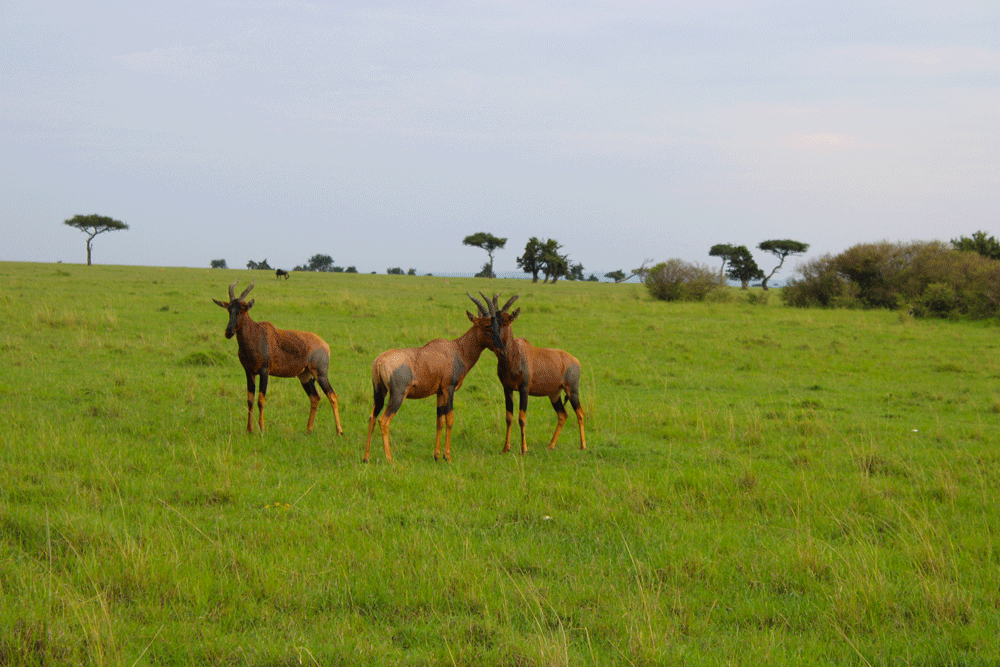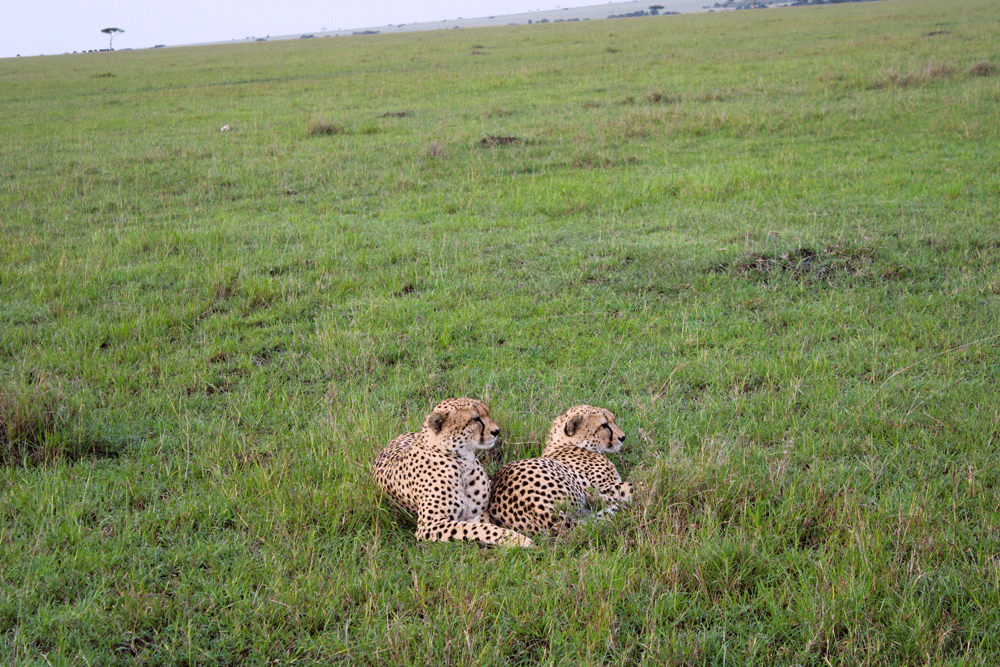The Maasai Mara, a Kenyan reserve, is a serene retreat that promises every traveler a vivid and unforgettable experience. Perfect to visit in the months of June and July, the Mara is home to the world’s most prestigious and rare animals, the Big Seven included. One can go on drives every day to experience the true nature of how these creatures battle the odds against survival.


On one day, my family and I were taken to visit the nearest village. We arrived to be greeted in an envelope of colour, dance and song. The people of the Mara showed us the way they made fire and demonstrated their traditional callings.
Masai Homes
We followed Mzee Ole Nasi, the elder of the village into a tiny mud hut. It looked like baked pottery, the roof thatched with thin branches. With a small fireplace inside, pots and pans were littered across the floor. The entire hut was divided into cubicle like sections with a raised platform of clay in each, most likely used as beds. A colorful cloth decorated each of these various corners. The elder who had taken us inside the hut had told us that in the Maasai culture women were the ones who built the home for their future husbands. As my family and I sat in the hut and listened to Mzee Ole Nasi, the daily struggle of their lives struck me. Each day is a constant effort to evolve and adapt to the modern world without abandoning their own culture.

The people of the Mara originate from north-west Kenya in the lower Nile Valley. In the fifteenth century, these people migrated south. Since the seventeenth and eighteenth century and to this day they are spread out across northern Kenya and central Tanzania. As the years have gone by the Maasai people have had to face many challenges to adapt to the new and evolving world.

Balancing Tradition with Modernity
The governments of Kenya and Tanzania have both adopted policies to encourage the Maasai to leave behind their traditional, semi-nomadic lives and integrate with the modern world. But many of tribals refuse to part ways with their customs and continue to live as they did hundreds of years ago.


Mzee Ole Nasi told us how, more recently, some tribes in the Mara are making an active effort to encourage their younger generations and embrace modernity. His own son is now going to be studying tourism management at Nairobi University. The surge in tourism here aligns with the fact that the Maasai have started to collaborate with hotels in the Mara. The people allow tourists to visit and roam their villages in exchange for compensation. Tourists can therefore learn of the Maasai’s culture, struggles and can choose to help in several ways, if they wish. Traditionally, the wealth of the people of the Mara is calculated through how many cattle each family owns. The more the cattle, the more they can afford.


Tourism
Contributions by tourists therefore allow another source of income. For example, in this particular village these contributions are used towards the expense of running a school for the Maasai children. Kenya is a developing country and is on the right path towards realizing the potential of its tourism industry.
 Locals can end up resenting the intrusive presence of tourists in many instances. However, in Kenya the Maasai have been able to form a special bond with foreigners.This is because the tourism industry actively involves the local people of the Mara in tourism development. Everyone benefits through such collaborative efforts.
Locals can end up resenting the intrusive presence of tourists in many instances. However, in Kenya the Maasai have been able to form a special bond with foreigners.This is because the tourism industry actively involves the local people of the Mara in tourism development. Everyone benefits through such collaborative efforts.


Change is inevitable. Lessons can be drawn from the experience of the Maasai and the Kenyan tourism industry. Underprivileged but culturally rich and scenic areas in our own countries can adopt similar tourism policies.


A visit to the Maasai Mara is not only recreational but is an educational and eye opening experience. I cannot wait to go and visit the area again someday. The Maasai are truly a fascinating traditional people adapting to a fast-paced technological world.
Photos by the author




















